Liposuction
Liposuction is a surgical procedure that uses a suction technique to remove fat from specific areas of the body, Other terms for liposuction include lipoplasty and body contouring.
Liposuction is not meant for loosing weight, but rather to remove excess fat at specific area and for contouring or body sculpturing.
Areas that can be treated with liposuction
- Abdomen
- Upper arms
- Buttocks
- Calves and ankles
- Chest and back
- Hips and thighs
- Chin and neck
In addition, liposuction can sometimes be used for breast reduction or treatment of gynecomastia.
When you gain weight, fat cells increase in size and volume. In turn, liposuction reduces the number of fat cells in a specific area. The amount of fat removed depends on the appearance of the area and the volume of fat. The resulting contour changes are generally permanent — as long as your weight remains stable.
After liposuction, the skin shrinks and adapts to the new shape depending on the skin tone and elasticity, the skin is likely to appear smooth however, with less elastic skin, it may appear loose.
Liposuction doesn’t improve cellulite
Liposuction doesn’t remove stretch marks.
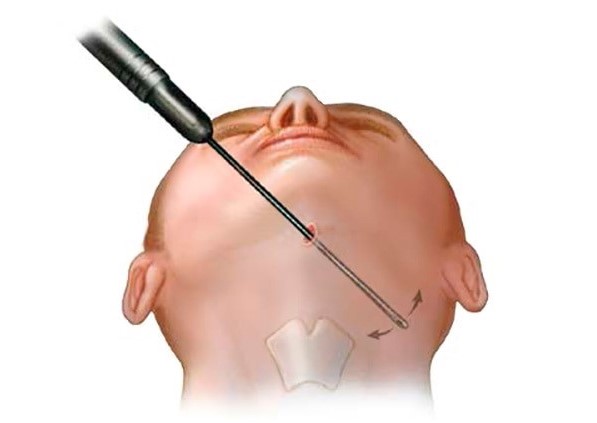

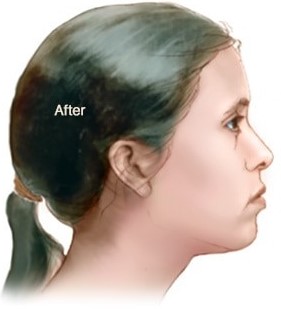
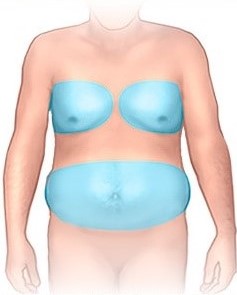
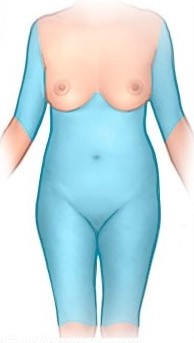
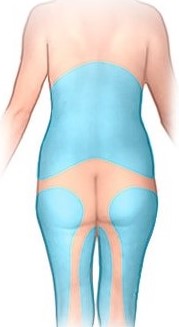
Risks
As with any major surgery, liposuction carries risks, such as bleeding and a reaction to anesthesia. Possible complications specific to liposuction include:
- Contour irregularities.
- Fluid accumulation. Temporary pockets of fluid (seromas) can form under the skin. This fluid may need to be drained with a needle.
- You may feel temporary or permanent numbness in the affected area. Temporary nerve irritation also is possible.
- Skin infections are rare but possible. A severe skin infection may be life-threatening.
- Internal organ puncture.Rarely, a cannula that penetrates too deeply may puncture an internal organ. This may require emergency surgical repair.
- Fat embolism.
- Kidney and heart problems. Shifts in fluid levels as fluids are being injected and suctioned out can cause potentially life-threatening kidney, heart and lung problems.
Talk to your surgeon about how these risks apply to you.
Before the procedure:
Your surgeon will examine you and you will agree together on areas that will be liposucked and marked.
In general cessation of smoking is desired .
Your surgeon with check if you are taking any blood thinning medication or herbal pills to avoid hematomas and extensive bruising.
How is it done?
Generally , liposuccion is done under general anesthesia, but it can be done under local anesthesia if the area the needs to be done is limited. There is different types of liposuccion techniques
- Vacuum liposuction( classic liposuction) This is the most common type of liposuction. After breaking the fat with back and forth mouvements the fat is sucked with vacuum.
- Ultrasound-assisted liposuction (UAL).. A new generation of UAL called VASER-assisted liposuction uses ultrasound to break down the fat before applying vacuum via a cannula. This may improve skin shrinking .
- Laser-assisted liposuction (LAL).This technique uses high-intensity laser light to break down fat for removal. During LALThe fat is then removed via a cannula.
- Power-assisted liposuction (PAL).This type of liposuction uses a cannula that moves in a rapid back-and-forth motion to reduce physical effort from the surgeon while applying vacuum for suction.
- Anestheisa type:Some liposuction procedures may require only local or regional anesthesia — anesthesia limited to a specific area of your body. Other procedures may require general anesthesia
After the procedure
Expect some pain, swelling and bruising after the procedure. Your surgeon may prescribe medication to help control the pain and antibiotics to reduce the risk of infection.
After the procedure, the surgeon may leave your incisions open and place temporary drains to promote fluid drainage. You usually need to wear tight compression garments, which help reduce swelling, for a few weeks.
You may need to wait a few days before returning to work and a few weeks before resuming your normal activities — including exercise.
During this time, expect some contour irregularities as the remaining fat settles into position.
Results
Initial result will be visible after one month but this continue to change over time to get a final result between 3 to 6 months.